Estimated reading time 18 minutes, 37 seconds.
Editor’s note: In honour of International Women’s Day, Skies is highlighting the extraordinary contributions women make to aviation, aerospace and defence in Canada. This story originally appeared in the July/August 2017 edition of the magazine.
Contessa Bishop recalls sitting with her father in the kitchen of their family home when she was around 10 years old, listening to him guess about what the future might be like if she became a pilot.

The picture he painted was a complete fantasy, she said, full of ideas she later debunked. She remembers him guessing pilots worked only half the year for enormous sums of money, flying all over the world to new and exciting places.
“I made the decision [to become a pilot] based on fiction, based on not really knowing why or what I was choosing,” said Bishop, who now flies Bombardier Q400s for Jazz Aviation LP and is an accomplished flight instructor.
“But the cool part is that the more involved I got the more it really fed my soul, [and] the more I fell in love with aviation.”
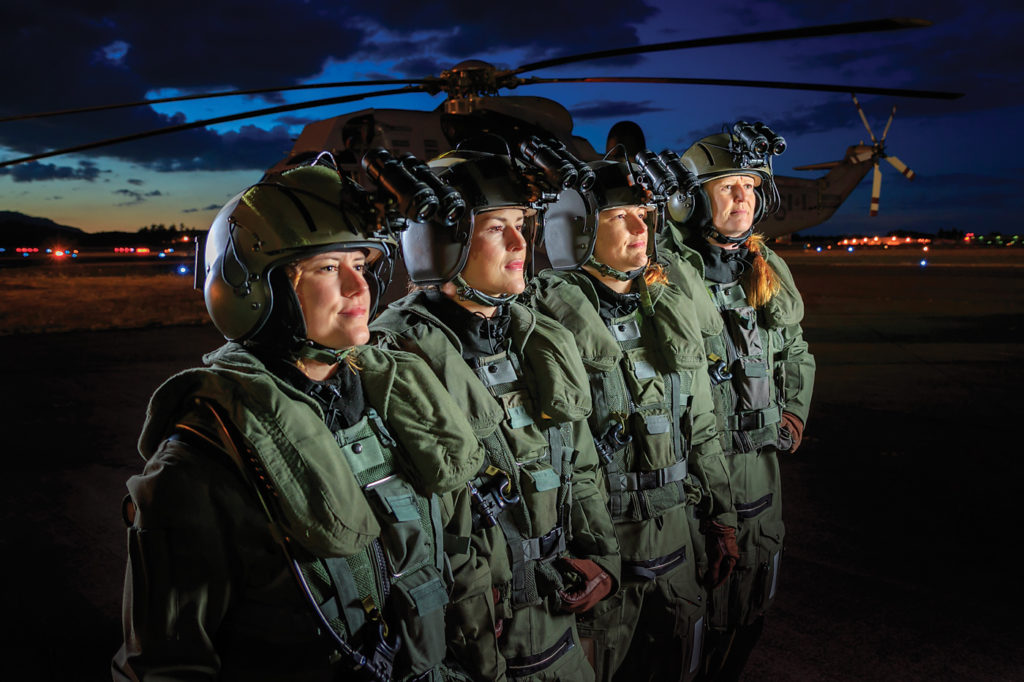
Bishop joined the Royal Canadian Air Cadets at age 13, earned a glider licence, and studied at Conestoga College and Waterloo Wellington Flight Centre in Southern Ontario, where she earned her commercial pilot’s licence with instrument flight rules and flight instructor ratings.
Her career launched soon after the terrorist attacks of Sept. 11, 2001, and survived two industry downturns. She spent time as a college-level flight instructor and cargo pilot, and worked in corporate and airline operations, before landing at Jazz about four years ago.
It took more hard work and resilience to arrive here than she could have predicted at age 10, but Bishop will tell you the journey was worth it.

“There’s a part of me that feels like I’m just getting going. I get so many more ideas of where I want my aviation career to go,” she said.
“[It’s been] worth it on so many different platforms–the growth it’s afforded me, the professional and personal development, the friendships gained and the sights that I’ve seen.”
Out of the Ordinary
Bishop’s story is remarkable in part because of her tenacity and perseverance, but also because she found a foothold in the Canadian airline industry, where only about five per cent of pilots are women.
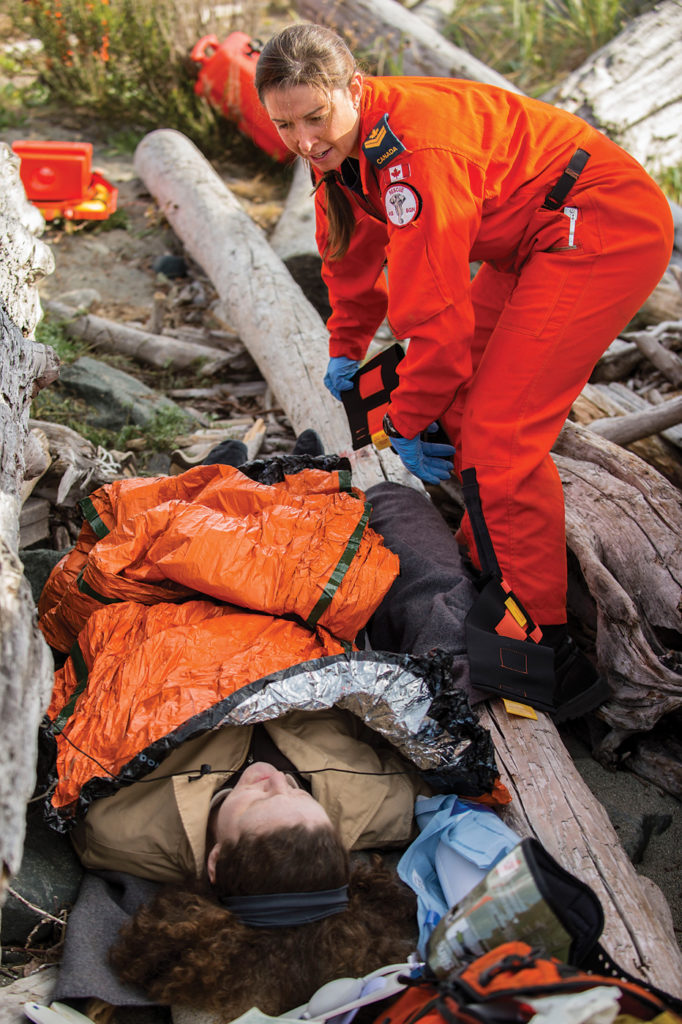
The proportions are not significantly better elsewhere in aviation and aerospace. A mere six per cent of private pilots in Canada are women, according to the Brampton Flight Centre, a prominent flight school near Toronto.
Only 15 per cent of Canadian air traffic controllers are women, according to Canadian Women in Aviation, a conference Bishop helped organize this year to encourage and inspire women in all aspects of aviation.
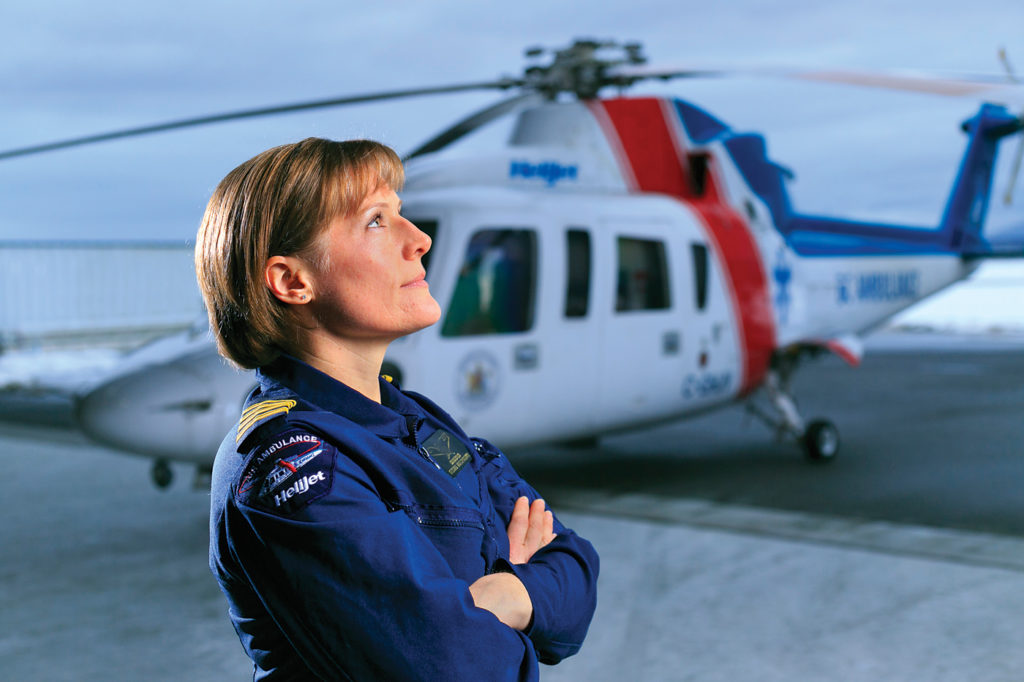
Women fill vital roles throughout the Royal Canadian Air Force (RCAF), serving as pilots, air combat systems officers, aviation technicians, aerospace control operators and a long list of other occupations. Still, they make up only 18.7 per cent of total personnel, a number the Air Force is trying to grow.
Despite these statistics, there is a growing awareness of women’s essential contributions to Canada’s aviation, aerospace and defence sectors, and how crucial they will be to any future success.

Attitudes and misconceptions that served as barriers to women entering the industry are beginning to change, and there are efforts around the world to help them engage with aviation and pursue the many rewarding careers associated with flying.
“It’s not even just necessarily getting the message out about aviation,” said Bishop. “Aviation is my choice, but we can lead by example when we do what serves us.
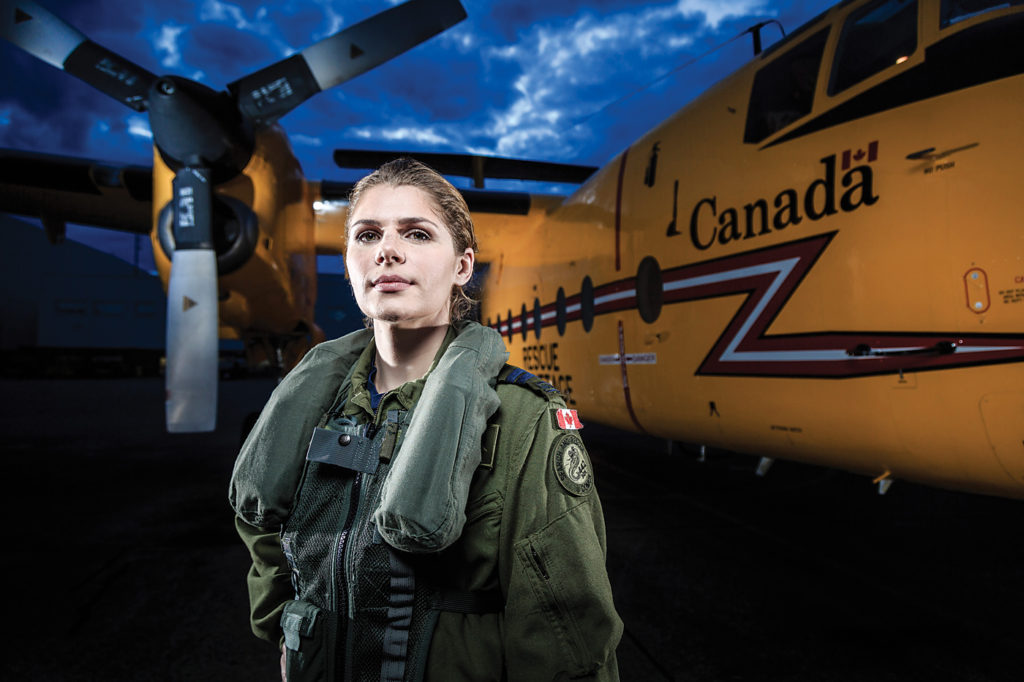
“If the next young child, I don’t care which gender, wants to choose engineering, then they should have that free will choice–that ability to choose to contribute to the world in whatever way suits them.”
Opportunity Knocks
With Boeing predicting a massive global pilot shortage requiring as many as 617,000 new commercial airline pilots by 2035, some are noting a tremendous opportunity for women to enter the industry.
“It is a great time for anyone who would like to become a pilot, particularly women. There are tremendous opportunities and the road is easier right now to a job at the end,” said Julie Pomeroy, general manager of the Brampton Flying Club.
Pomeroy is also an accomplished pilot and flight instructor who earned her commercial pilot’s licence in 1978, inspired in part by her father, William Pomeroy, who introduced her to flying at a young age.
But it was the late Rick Wynott, chief flight instructor and general manager at Brampton Flying Club when Pomeroy was growing up, who became an early mentor.
“His passion for aviation was infectious,” said Pomeroy, who has been general manager since 2005. “He made flying fun, and he helped to reduce the barriers to obtaining a licence.”
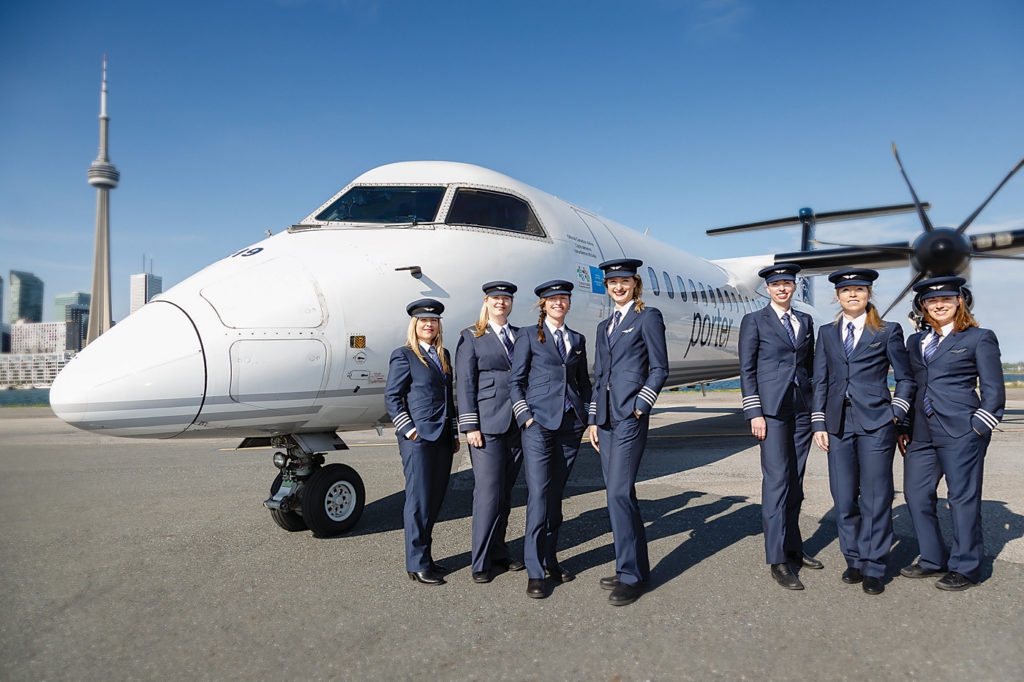
Pomeroy began her career at Brampton Flying Club, working several years as a flight instructor and flight test examiner before spending about a decade working for Central Airways in Toronto as chief flight instructor, operations manager and eventually vice-president of administration.
She left aviation for 13 years to start a canoe and kayak outfitting business, but returned to Brampton as general manager after Wynott passed away in a diving accident.
“I don’t think I had anything stand in my way,” said Pomeroy when asked about barriers to her success. “It was quite the opposite when I started out. I was lucky to have parents that were supportive. My father wanted me to fly, and I think that is an important factor for young girls.”
Supporting women in aviation is a key goal for the Brampton Flying Club, in part because there is such a huge demand for pilots.
“I think it’s simple: the aviation industry needs pilots, managers and flight instructors. There are many jobs available to both men and women right now,” said Pomeroy.
“We need to see women as owners of aviation businesses and in the boardrooms, but bottom line: the industry needs pilots. There is a huge untapped market there, with women. It just makes good business sense to tap into it.”
Changing the Culture
A key barrier to women in aviation can be simple awareness of the variety of rewarding careers available. There’s a belief among some in the industry that girls aren’t socialized to pursue aviation and mechanical trades, as well as a sense that high school guidance counsellors don’t recommend aviation because they’re poorly informed.
“There’s little awareness there, right from the get-go,” said Joy Parker Blackwood, a private fixed-wing pilot and president of the Northern Lights Aero Foundation, an organization devoted to attracting young women to the industry.
“So it’s harder as they get older if they don’t know there’s a possibility. And then when they find out that, ‘Well, I don’t know that I want to be a pilot,’ or, ‘That’s going to cost too much money,’ what people fail to tell them too is all the other opportunities that are in all sectors of aviation–whether it’s air traffic control, maintenance, being an educator, an engineer, research. The list is endless of the other opportunities, and the jobs you can have.”
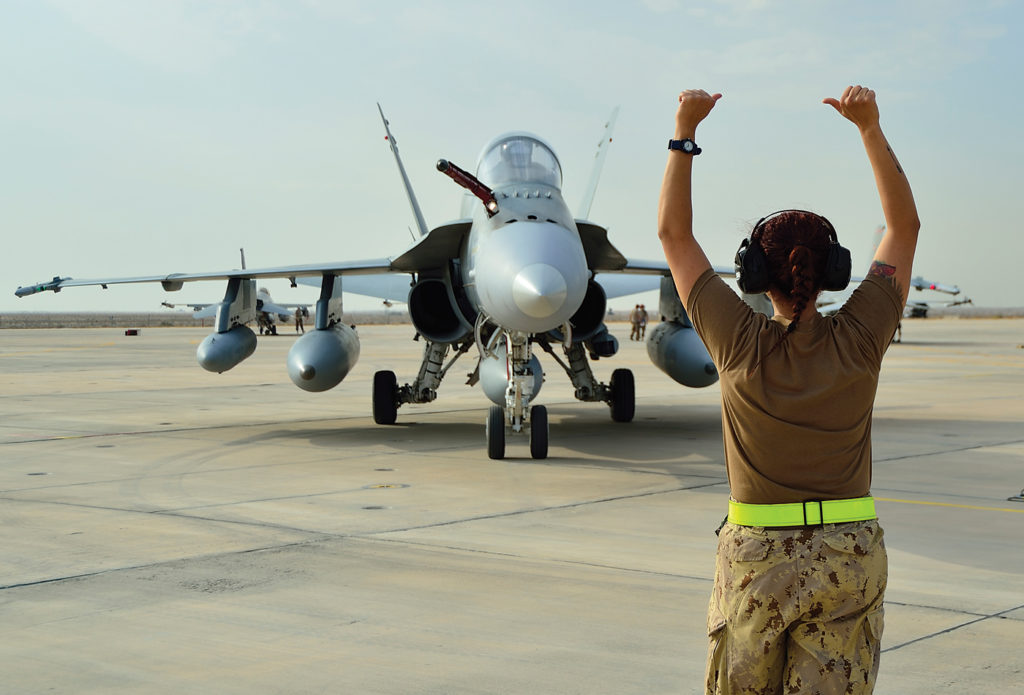
Changing aviation and aerospace’s perception problem is a key focus for the Northern Lights Aero Foundation, which highlights the achievements of prominent women each year through its Elsie MacGill Northern Lights Award gala
The gala recognizes up to eight women annually for contributions in specific disciplines, with the hope of inspiring young women and girls. Past inductees to the Northern Lights Wall of Fame include Dr. Roberta Bondar, the first neurologist in space and Canada’s first woman astronaut; Judy Cameron, the first female pilot hired by Air Canada; and Tracy Medve, president of Kelowna, B.C.-based KF Aerospace and former president of Canadian North Airlines.
“I believe it’s core, essential,” said Blackwood when asked how important it is to have examples for young women to look up to and potentially have as mentors.
“Women don’t have a lot of mentors in the industry, because the numbers are still low … it’s key to know how people took their path. Also, there are several women-only organizations in Canada and around the world because women still need this mutual support.”
A Wealth of Options
Aviation’s perception problem is also a key concern for Nav Canada, the company that owns and operates Canada’s civil air navigation service. Women occupy about 25 per cent of the company’s leadership positions, but only 16 per cent of its technical occupations group–which includes air traffic controllers, flight service specialists, pilots, technologists and engineers.
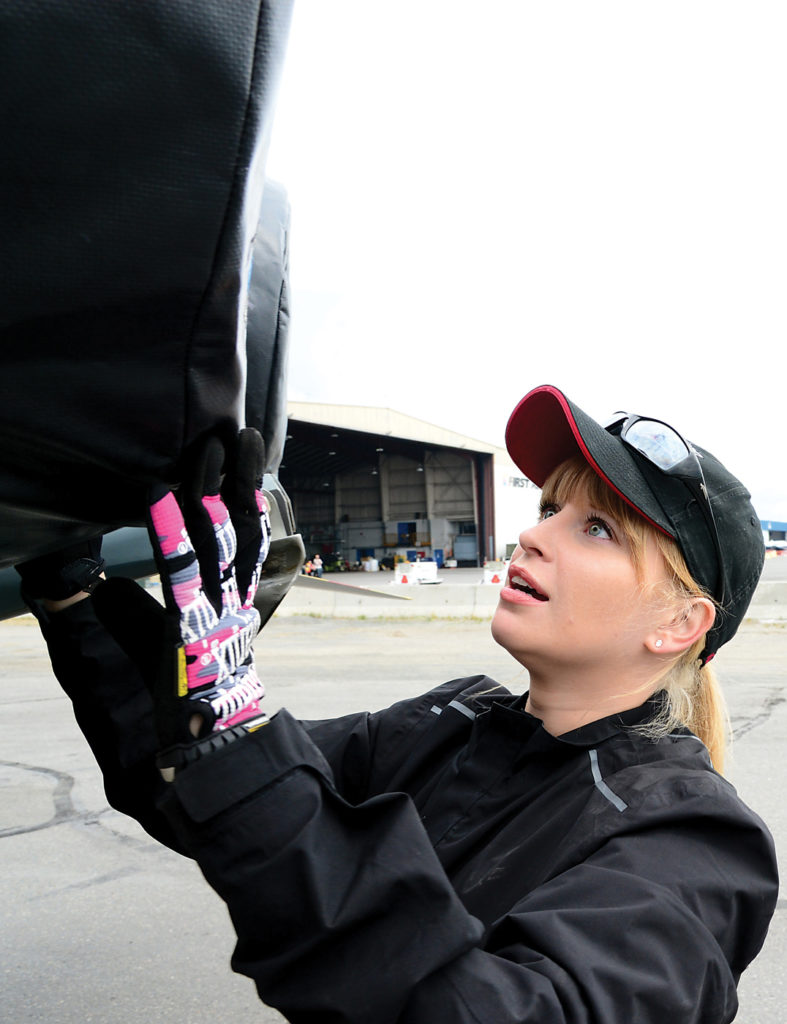
“The issue in the past is that the industry hasn’t naturally attracted many women,” said Lyne Wilson, director of talent acquisition and organizational health for Nav Canada. “So what we’re trying to do, and to get better at, is attract more women.”
To this end, Nav Canada has introduced recruiting initiatives and created internal women’s councils to better understand and address the issues women face. The company has also tried to be more family-friendly, and together with its unions, through the collective bargaining process, offers various forms of leave to parents who need time away from work to care for young children. In addition, all employees have access to peer support programs where they can speak about work-related stress and challenges in their personal lives.
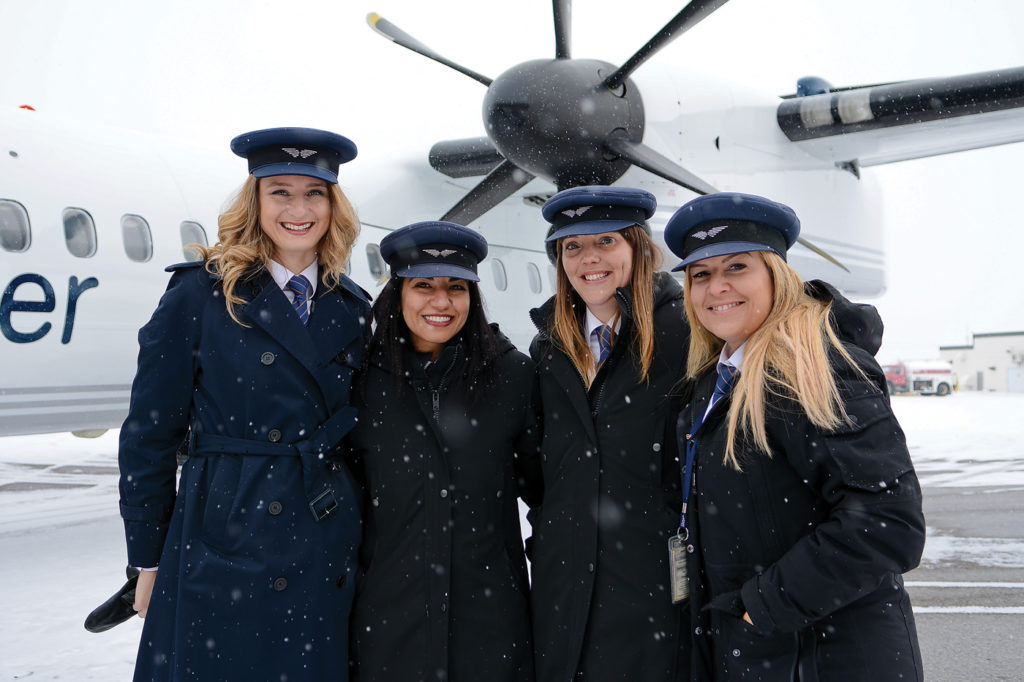
“Whether it’s at the senior leadership level or in an operational role, we want to continue to increase the number of women within the organization,” said Wilson. “We see their role increasing in the future.”
Mechanically Inclined
Carolyne Mounsey worked for Bombardier while she was in her early 20s, studying biotechnology at Seneca College in Toronto and preparing for a career as a lab technician. The aviation bug bit her, and she was never the same.
“It’s one of those things where once you get bit, that’s it–you’re done,” said Mounsey. “I had the experience and I decided that I couldn’t leave aviation alone after that.”
When her first career didn’t pan out as she hoped it would, Mounsey returned to aviation, intrigued by its endless learning opportunities and the chance to work on heavier-than-air flying machines.
“It’s a profession where you never stop learning and there is, in my opinion, not a whole lot of room to get bored,” she said. “That was the really big attraction for me.”
Mounsey returned to school and earned an aircraft maintenance technician diploma from Centennial College, then completed a two-and-a-half-year apprenticeship in corporate aviation and landed a job as an aircraft maintenance engineer (AME) at a major airline.

Her second career is just starting–when she spoke with Skies, Mounsey had been with the airline less than a month–but the job is feeding a passion that won’t go away.
“I don’t know really how to put it,” she said, trying to explain what hooked her during that stint at Bombardier. “Airplanes, they’re super cool.”
There are relatively few women AMEs working in Canada.
Mounsey’s college program reflected the imbalance: In a class of about 125 people, only seven were women, she said. Mounsey made friends with some of the other female students and they formed a small community within the program. But she also had a larger peer group that was mixed, she said. Her gender was never an issue.
“We all just hung out together and treated each other as equals,” she said. Still, the idea that mechanical work is for men and not for women has popped up occasionally.
“I’ve been told that I can’t do this job, and it turns out that I’m not so bad at it,” she said. “But that being said, I think that attitude is dying off … in my experience actually working with people around my age, and younger, and a bit older, that kind of attitude is disappearing.”
Leading the Way
When MGen Tammy Harris was named the first female deputy commander of the RCAF earlier this year, it was the latest in a long list of “firsts” in her exemplary career.
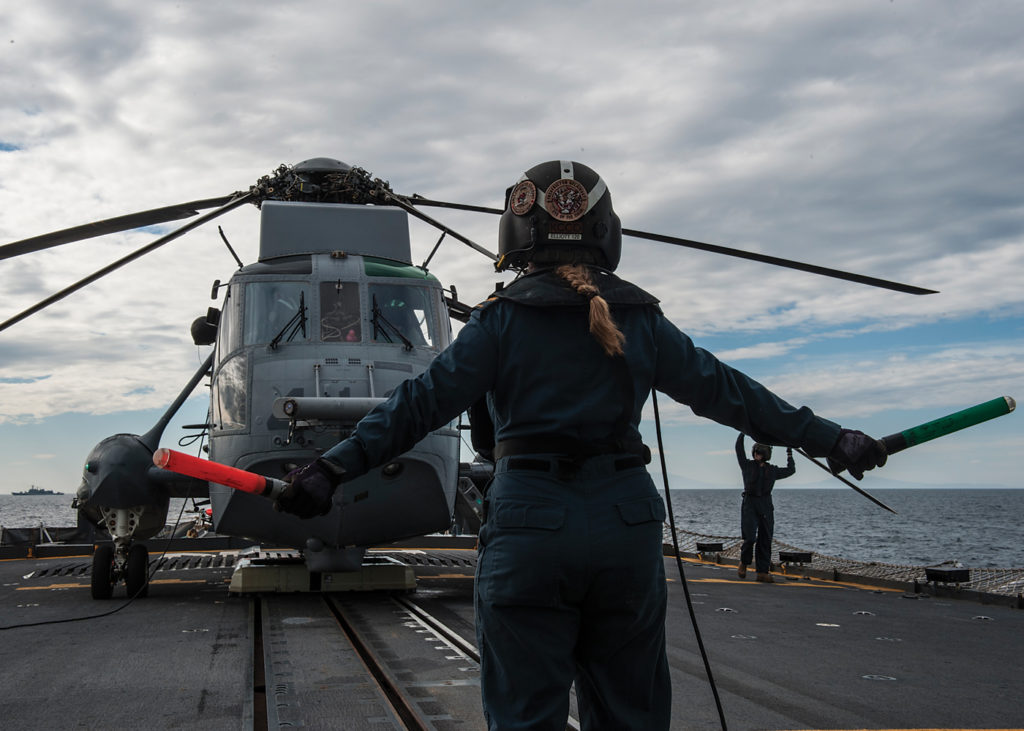
Harris was also the first woman to command an RCAF wing: 9 Wing Gander, N.L. She was the first woman to command a major Canadian Armed Forces base, CFB Borden, Ont., and the first female commander of the Canadian Forces Support Training Group.
But Harris is quick to say her gender has had no impact for her as a leader in Canada’s military.
“Leadership challenges are the same for me as they are for my peers–male,” said Harris. “We’re challenged by the resources you have, by the enemy you’re up against, by the weather, by the aircraft we’re flying.
“So the challenges are all the same. What makes a difference is your experience and how you lead in those types of opportunities. My being a woman has had no impact, one way or the other, for me as a leader in the RCAF. It’s gender-neutral for me.”
As deputy commander, Harris will help guide a Canadian military focused on reducing its gender gap and improving its diversity. The percentage of women in the Canadian Armed Forces (CAF) Regular Force and Primary Reserve combined is 15.2 per cent, with a goal to increase that to at least 25.1 per cent by 2026.
At 18.7 per cent, the RCAF has the second-highest proportion of women in the CAF. The Royal Canadian Navy is highest with 19.5 per cent and the Canadian Army is lowest with 12.8 per cent. Still, the RCAF is focused on increasing the role of women as it moves forward.
“If I’m in a command position and I’m challenged by a difficult new problem, I want to have a team that’s offering me advice and solutions that have different experiences–different ways of thinking, different ways of looking at things,” said Harris. “And that’s what diversity gives us. It becomes a force multiplier in today’s very complicated, contemporary security environment.”
The CAF are actively recruiting women, with the promise of challenging career opportunities, excellent training and rewarding pay and benefits. There are also attempts to make the CAF more family-friendly for both women and men, with continual reviews and amendments to personnel policies aimed at achieving a better balance between military service and family responsibilities.
Canada’s military goes as far as to say it has a “moral obligation” to support its members and their families, and to ease the difficulties of juggling career and home.
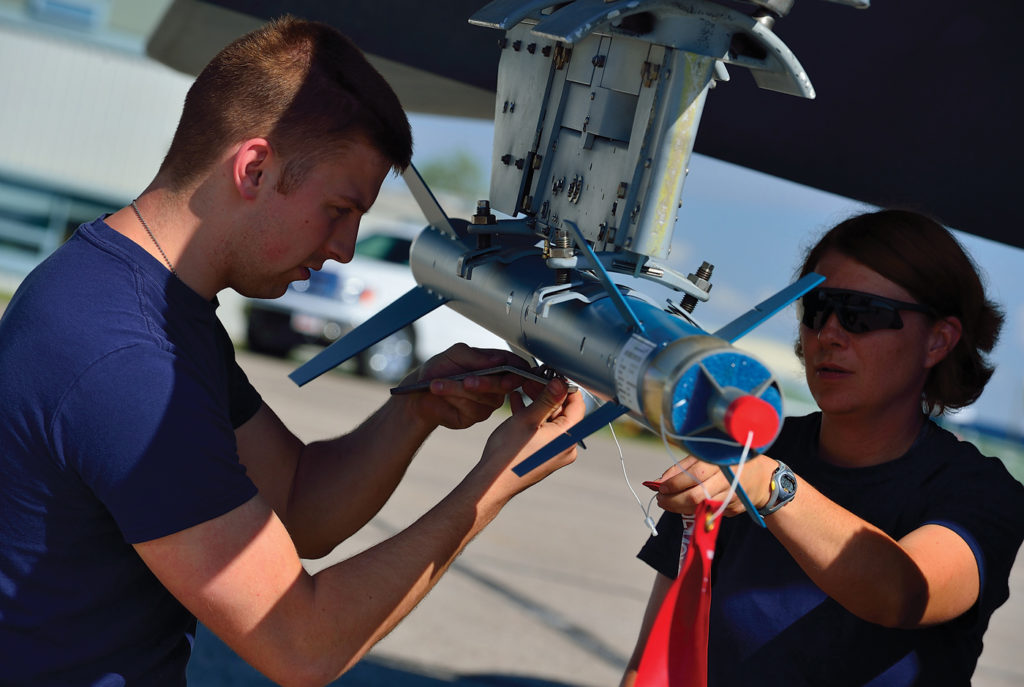
To give women a chance to learn about military life before they join, the CAF is launching a new Women in Force Program (WFP) where they can talk with current CAF members and experience different facets of a military lifestyle. This includes fitness training, hands-on demonstrations of occupations and tactical skills.
Two 10-day events are scheduled for August at CFB Borden and one at Saint-Jean Garrison, Que. Two three-day events are scheduled for October in the same locations.
“I think the contribution of women in the next 10 to 20 years will be extremely important,” said Harris. “The current security environment is continuously evolving and changing … and female leaders have a great role to play in ensuring that our most vulnerable populations abroad have a voice at the peace table.”
The Future
Given the desperate need for pilots and the desire for more diversity in air traffic control and defence, it appears likely women will play a larger role in Canada’s aviation industry as it moves forward. The success of all these sectors will rely on women to a significant degree, and opportunities abound.
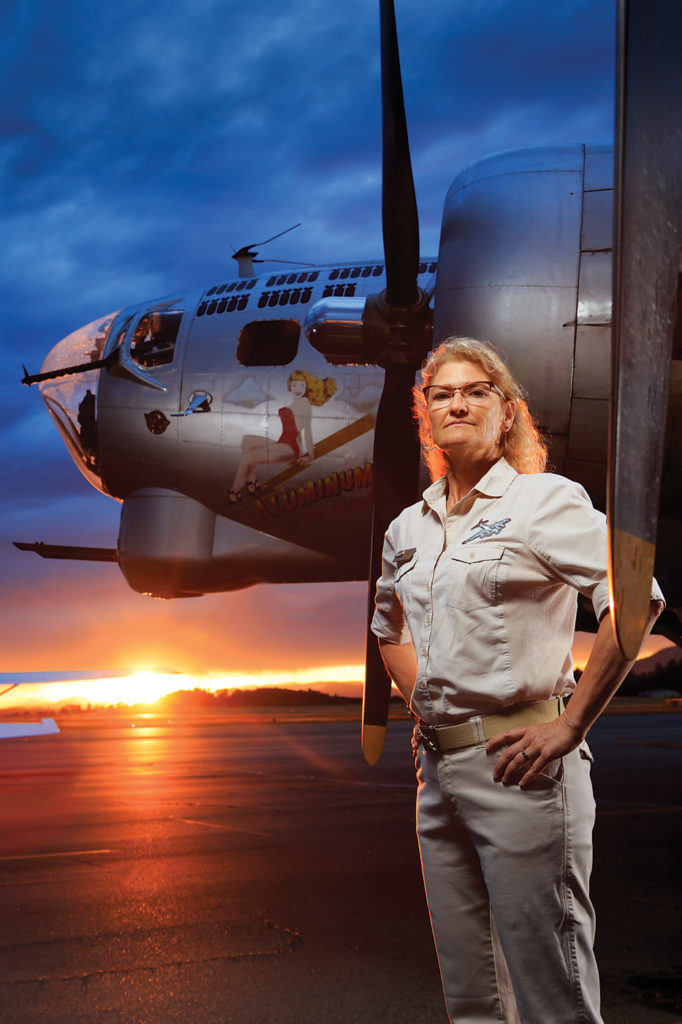
An ultimate sign of progress may be arriving in a time when gender is known to be irrelevant and is no longer used as a qualifier. Instead of seeing women pilots, women executives, women air traffic controllers and women AMEs, we will see people doing their jobs, and doing them well.
“That’s where I’d like to go with it,” said Contessa Bishop, the Jazz Aviation LP captain who began dreaming of being a pilot when she was 10 years old.
“We can all just be human and just do our jobs and take gender off of the table.”
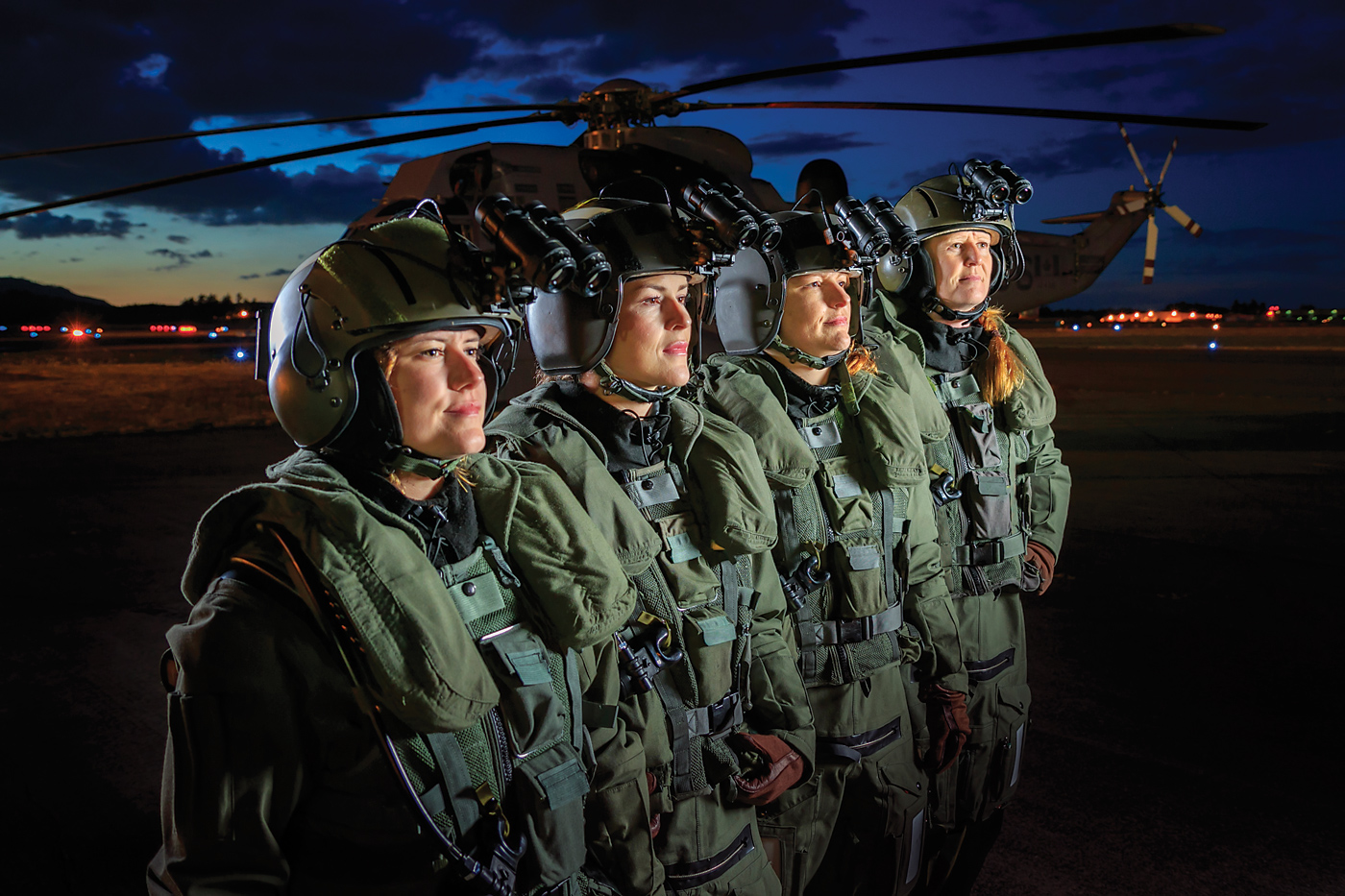

Honestly, this is really a good thing and was about time because we are all humans. Women are not a threat, UAVs are !